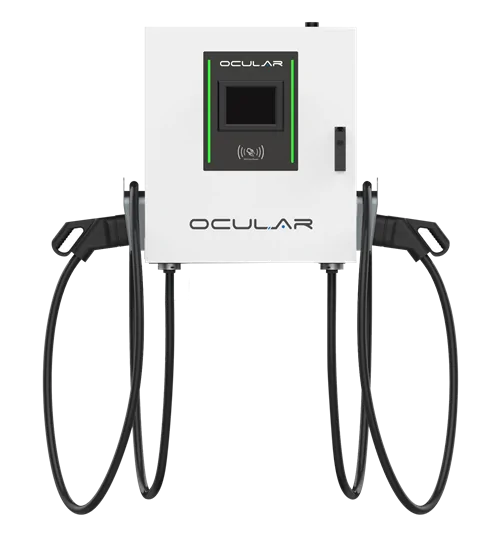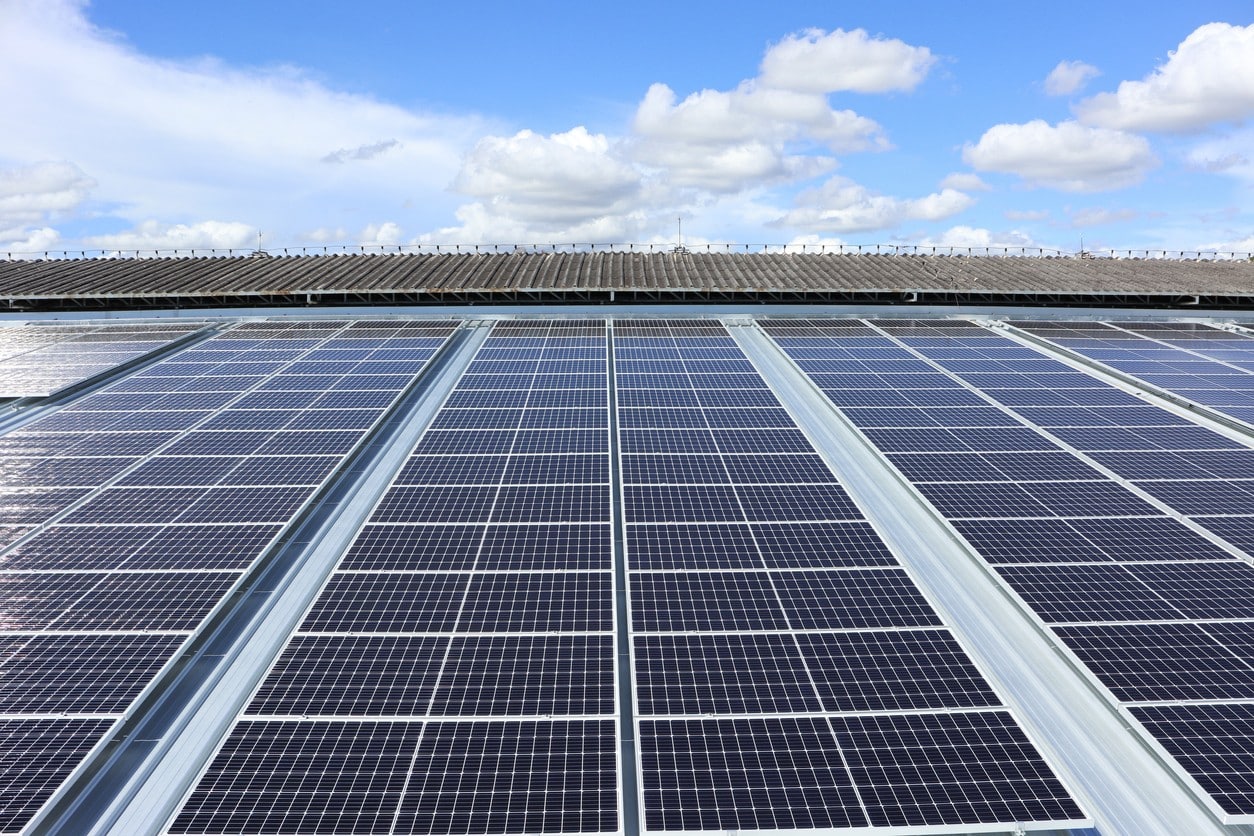If you’re looking to make energy-efficient upgrades to your home in Victoria, the government provides a range of incentives to help offset the cost. However, navigating the application process can sometimes be confusing. In this step-by-step guide, we’ll walk you through how to apply for government schemes and rebates to ensure you get the maximum benefits for your energy-efficient home improvements.
1. Understand the Rebates Available
Before applying, it’s important to know which rebates or incentives apply to your situation. The most popular programs include:
- Victorian Energy Upgrades (VEU) Program: Rebates for energy-efficient appliances, lighting, insulation, and more.
- Solar Victoria Program: Rebates for solar panels, battery storage, and solar hot water systems.
- Heat Pump Rebates: Incentives to switch to heat pump hot water systems or heating/cooling systems.
- Electric Vehicle (EV) Rebates: Subsidies for purchasing electric vehicles and installing home EV chargers.
Once you’ve identified the rebate that fits your needs, you’re ready to move forward with the application.
2. Find an Accredited Installer
One of the most critical steps in the process is selecting an accredited installer. Government rebates are only available if the installation is performed by a certified professional. Make sure to choose an installer who is part of the Victorian Government’s approved network.
- Tip: The Solar Victoria website or VEU program site typically provides a list of accredited installers, so you can verify that your chosen contractor is eligible for the rebate.
3. Get a Quote
Once you’ve chosen an installer, request a detailed quote for the upgrade you’re interested in. This quote will outline the cost of installation and any eligible rebates, giving you a clear picture of your out-of-pocket expenses.
- Pro Tip: Some rebates are applied upfront, reducing the amount you pay directly to the installer. In other cases, you’ll need to pay the full amount and be reimbursed after the installation is complete.
4. Submit Your Application
Most rebate programs have an online portal where you can submit your application. You’ll need to provide details such as:
- Your personal information (name, address, etc.)
- Proof of home ownership (rates notice, mortgage statement, etc.)
- The installer’s details and a copy of the quote
- Details about the upgrade (e.g., model numbers for solar panels or heat pump systems)
Once the application is submitted, it will typically take a few weeks for processing.
5. Get Your Installation Completed
After your rebate application is approved, you can move forward with scheduling the installation. Make sure that your installer follows all the required regulations and standards, as failure to do so could result in your rebate being denied.
- Important Note: For some rebates, such as solar panel installations, you may be required to have a smart meter installed in your home before the rebate can be applied.
6. Receive the Rebate
Once the installation is completed and inspected (if necessary), you can receive your rebate. In some cases, the rebate will be applied directly to the cost of installation, meaning you’ll pay less upfront. In other cases, you’ll need to submit final documentation (such as proof of installation) and then wait for the rebate to be paid out.
- Pro Tip: Keep all your receipts, invoices, and correspondence with the installer, as you may need to provide this information when applying for or receiving your rebate.
7. Ongoing Monitoring and Maintenance
After your energy-efficient upgrade is complete and your rebate received, it’s important to maintain the new system for optimal performance. For example, solar panels should be regularly cleaned, and heat pumps should be serviced annually to ensure they continue operating efficiently.
Conclusion: Applying for government schemes and rebates in Victoria doesn’t have to be complicated. By following these steps and ensuring you work with accredited professionals, you can take full advantage of the incentives available and reduce the cost of your energy-efficient home upgrades. From solar panels to heat pumps and EV chargers, these rebates make it easier to invest in a more sustainable future for your home.







